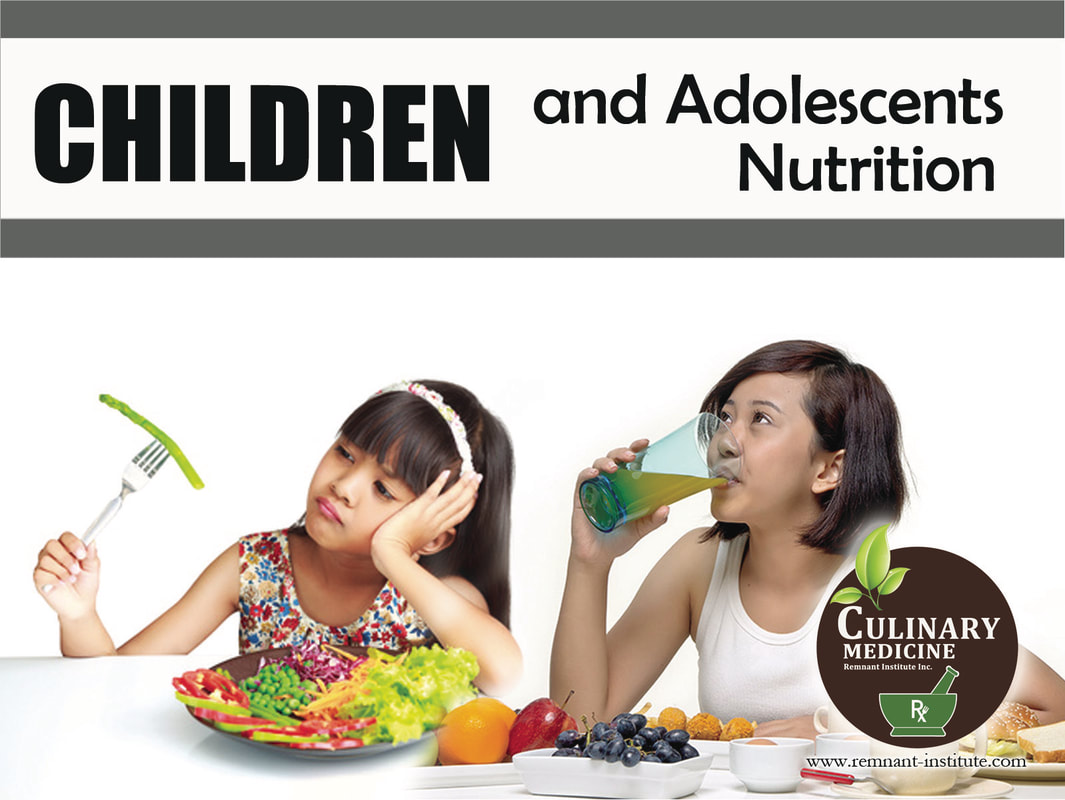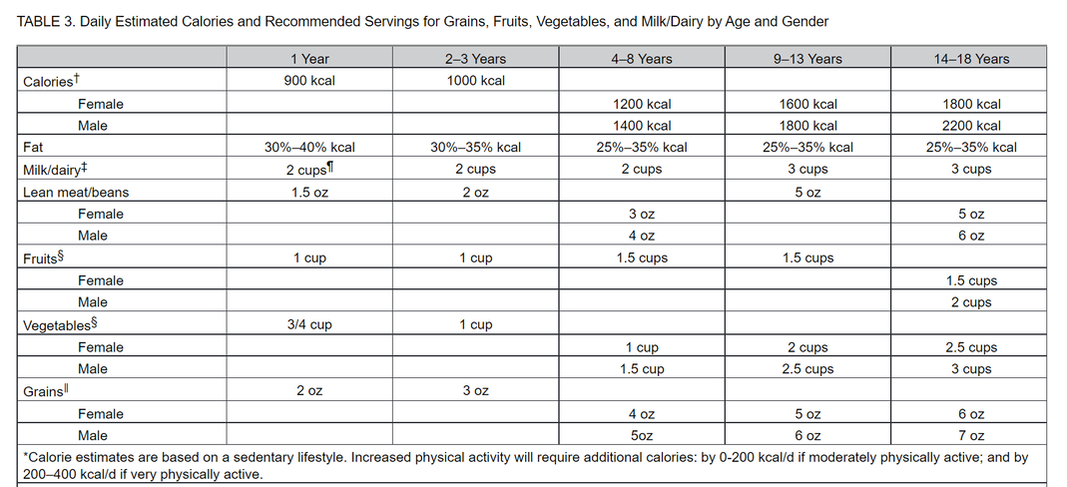UNIT 4 - COOKING SESSION |
Diet Recommendation
It is estimated that 75% to 90% of the cardiovascular disease epidemic is related to dyslipidemia, hypertension, diabetes mellitus, tobacco use, physical inactivity, and obesity; the principal causes of these risk factors are adverse behaviors, including poor nutrition. The atherosclerotic process begins in youth, culminating in the risk factor–related development of vascular plaque in the third and fourth decades of life. Good nutrition, a physically active life-style, and absence of tobacco use contribute to lower risk prevalence and either delay or prevent the onset of cardio-vascular disease. These observations have established the concept of prevention of the development of cardiovascular risk factors in the first place, now called primordial preven-tion.7Education, with the support of the healthcare community, combined with health policy and environmental change to support optimal nutrition and physical activity, are central to this health strategy.
The general dietary recommendations of the American Heart Association (AHA) for those aged 2 years and older stress a diet that primarily relies on fruits and vegetables, whole grains, low-fat and nonfat dairy products, beans, fish, and lean meat. These general recommendations echo other recent public health dietary guidelines in emphasizing low intakes of saturated and trans fat, cholesterol, and added sugar and salt; energy intake and physical activity appropriate for the maintenance of a normal weight for height; and adequate intake of micronutrients.
Emphases different from the past include the allowance of a more liberal intake of unsaturated fat and a focus on ensuring adequate intakes of omega-3 fatty acids. There is an emphasis on foods that are rich in nutrients and that provide increased amounts of dietary fiber. The AHA continues to recommend diets low in saturated and trans fats. Healthy foods include fruits, vegetables, whole grains, legumes, low-fat dairy products, fish, poultry, and lean meats. Fruits, vegetables, and fish are often inadequately consumed by children and adolescents. Because the major sources of saturated fat and cholesterol in children’s diets are full-fat milk and cheese and fatty meats, use of low-fat dairy products and lean cuts of meat in appropriate portion sizes will be critical in meeting dietary needs and nutrient requirements.
Unit Tasks |
Task 1 You may go back to the recipes provided in the previous modules, select recipes for a meal course, and create a 7-day meal plan that you can recommend to children and adolescents. Task 2 From your output in task 1 select and prepare one full meal course. Document your activity by taking photos of each recipe, starting from Mise en place up to the final presentation with brief description of your planned meal. Task 3 Select a family with children and adolescents who are willing to comply with your 7-day meal plan. Provide the meal plan and discuss about your objectives, start to initiate culinary coaching, and introduce basic culinary skills. Create a written summary of your activity and include the personal reflection (verbatim) of your clients. |
Please organize your documentation in a single file and send us the completed task using PDF format.


